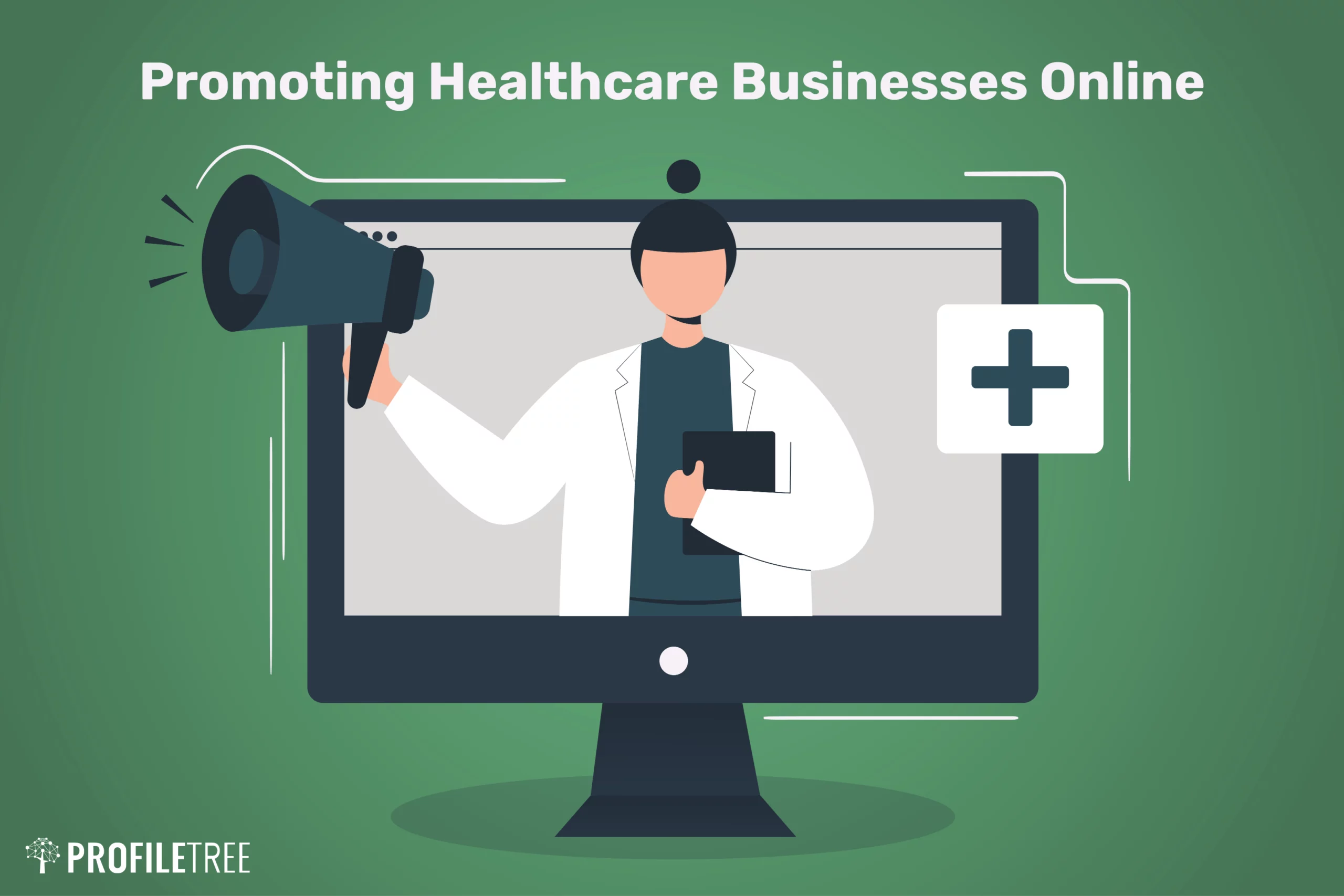Why Subscription Based Healthcare is Acquiring Popularity Among Patients Today
Why Subscription Based Healthcare is Acquiring Popularity Among Patients Today
Blog Article
How Subscription-Based Medical Care Is Reinventing the Medical Sector

The Rise of Subscription Health Care
In the last few years, the medical care industry has experienced a substantial change in the direction of subscription-based versions, reflecting broader customer trends favoring benefit and predictability. This improvement is driven by the boosting demand for more tailored and obtainable treatment options. Registration health care, occasionally referred to as attendant medicine or direct medical care, provides clients a set regular monthly charge for a variety of medical solutions, significantly modifying conventional fee-for-service models.
The rise of subscription medical care is promoted by improvements in technology, which enable streamlined interaction in between providers and people - subscription based healthcare. Digital systems and telehealth solutions have actually become essential, providing patients the capacity to arrange visits, access medical records, and obtain assessments online. This technical assimilation not only improves client engagement yet likewise enables service providers to provide much more effective care
In addition, the membership design straightens with the progressing assumptions of individuals who seek more control over their medical care expenses and experiences. By removing the changability of co-pays and insurance cases, subscription-based healthcare supplies a transparent and straightforward approach. While this design is gaining grip, its proliferation deals with challenges such as regulative hurdles and the requirement for more comprehensive acceptance within the standard medical care community. Its growing existence notes a crucial moment in the development of health care distribution.
Advantages for People and Companies
Subscription-based health care supplies a plethora of advantages for both individuals and carriers, reshaping the dynamics of healthcare. For individuals, this design supplies boosted accessibility to health care services. With a foreseeable month-to-month cost, people can appreciate endless appointments, lowered delay times, and personalized treatment. This plan usually brings about a much more positive approach to health management, permitting timely treatments that can prevent persistent conditions from escalating. The financial transparency of subscription models lowers the unpredictability associated with typical fee-for-service billing, alleviating the concern of unexpected clinical expenditures.
For health care companies, subscription-based versions cultivate a more enjoyable and lasting method. Administrative tasks are often structured, decreasing overhanging prices and enabling suppliers to dedicate even more time to person communication. Overall, subscription-based medical care aligns the incentives of companies and patients, promoting a much more patient-centered and efficient health care distribution system.
Trick Attributes of the Design
Often, the vital functions of the subscription-based health care model highlight its unique technique to supplying medical services. Central to this model is the concept of predictable, month-to-month payments, offering patients an extensive variety of solutions without the changability of typical fee-for-service structures. This model frequently includes unrestricted access to main care solutions, preventative care, and routine examinations, guaranteeing that clients can involve with their healthcare providers proactively rather than reactively.
Additionally, straight communication channels, such as telemedicine and messaging platforms, are stressed, enabling clients to receive prompt recommendations and examinations without requiring in-person appointments. This boosts ease of access and benefit, particularly for people with movement constraints or those staying in remote areas. The design additionally fosters stronger doctor-patient relationships, as health care companies are incentivized to concentrate on long-lasting health and wellness results instead of temporary visits.
Additionally, subscription-based health care often incorporates technical innovations, such as digital health records and health monitoring applications, to offer tailored and efficient care. Patients take advantage of collaborated and constant care administration, which is tailored to their details health and wellness needs. Eventually, these features jointly create a patient-centered health care experience, prioritizing accessibility, price openness, and precautionary care.

Factors To Consider and obstacles
While the subscription-based health care version offers numerous benefits, it is not without its considerations and difficulties. One significant challenge is guaranteeing equitable access. Registration models might unintentionally favor those with higher socioeconomic standing, potentially widening differences in health care accessibility for lower-income people that may have problem with month-to-month charges. This elevates ethical concerns concerning inclusivity and equity in healthcare distribution.
An additional challenge hinges on regulatory compliance. Subscription-based health care must navigate a complicated web of policies that differ by area, consisting of concerns around client privacy, information security, and state licensing needs. Making certain conformity without hindering the model's flexibility and technology can be discouraging for service providers.
In addition, there is the threat of overutilization or underutilization of solutions. Individuals paying a taken care of charge could overuse services, resulting in raised functional expenses, while others may underutilize because of be afraid of straining the system, potentially overlooking essential treatment.
Future Prospects and Innovations
The landscape visit the site of subscription-based healthcare my company is positioned for makeover through arising innovations and developing prospects. As technology remains to breakthrough, the assimilation of fabricated intelligence and device knowing provides significant opportunities to improve analysis precision and improve client management. Predictive analytics can change preventative care by recognizing possible health and wellness risks before they manifest, therefore minimizing both costs and the concern on health care systems.
Additionally, telemedicine is readied to expand within registration versions, offering people boosted access to medical care experts no matter geographical restrictions. This not only promotes continuity of treatment however likewise encourages individuals to engage more actively in their health administration. Furthermore, blockchain modern technology uses prospective in protecting patient information and making certain interoperability across systems, fostering depend on and openness.
Collaborations between tech companies and healthcare service providers are likely to yield innovative services, enhancing patient experiences and outcomes. As these potential customers appear, subscription-based health care has the prospective to redefine how treatment is provided and accessed.
Verdict
Subscription-based health care is transforming the medical industry by offering an extra obtainable, foreseeable, and patient-centered approach to medical services. Regardless of difficulties such as governing hurdles and possible variations in access, the membership model holds pledge for a much more efficient and customized medical care experience.
Registration medical care, often referred to as attendant medicine or straight primary treatment, offers individuals a set monthly cost for a variety of clinical solutions, significantly changing typical fee-for-service designs.
Moreover, the membership version lines up with the evolving assumptions of patients who look for more control over their health care expenditures advice and experiences. For patients, this model gives enhanced access to health care services. Generally, subscription-based medical care aligns the rewards of companies and individuals, promoting a more efficient and patient-centered healthcare distribution system.
In addition, telemedicine is established to increase within registration versions, offering people raised accessibility to health care experts no matter of geographical restraints. - subscription based healthcare
Report this page